After applying a logo, pattern, or advertising slogan, ordinary clothing becomes a company’s calling card. With the latest technologies in textile decorations, we can help you communicate your message even more effectively. Our decoration methodologies include, among others, screen printing, computerized embroidery, sublimation, and transfers.
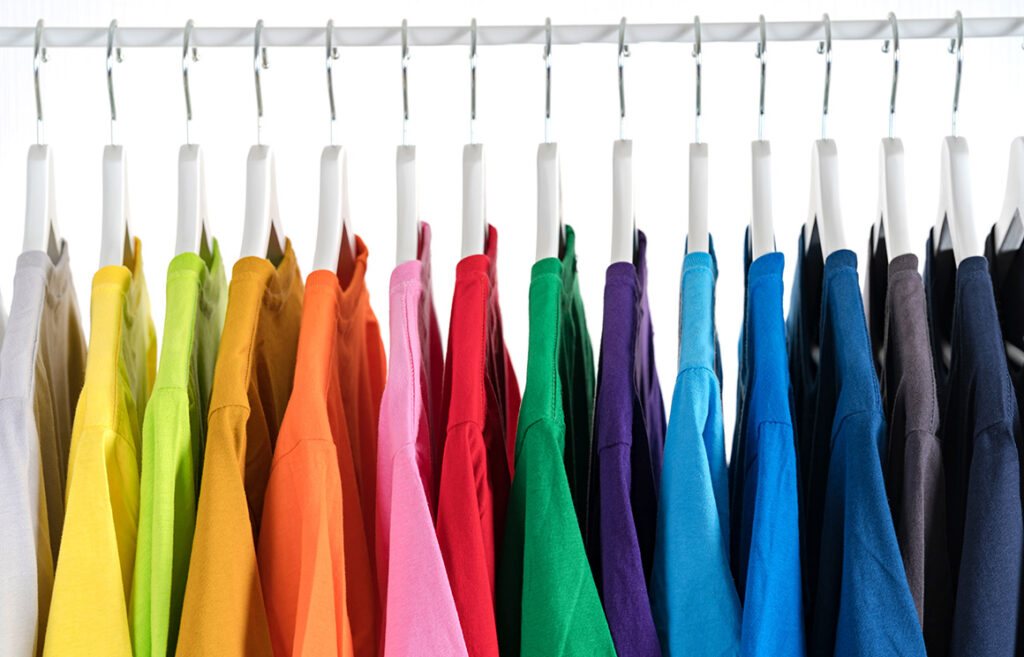
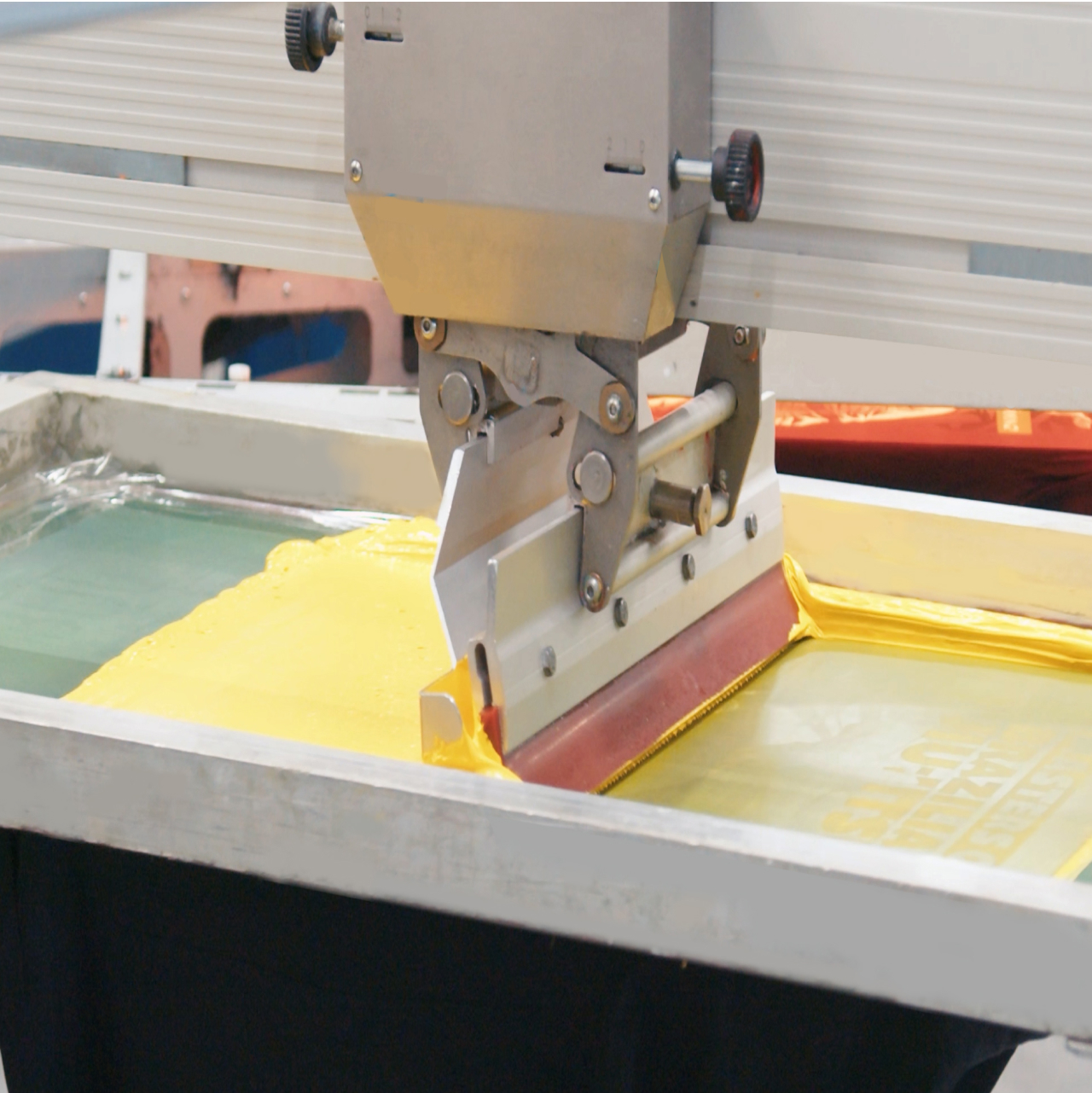
Screen printing on textiles is a popular technique that allows printing patterns on various types of clothing, such as: T-shirts, sweatshirts, jackets and trousers. This technique is used both in the advertising industry and the clothing industry.
By using a wide range of different types of screen printing inks, in addition to regular, flat prints, you can also achieve special effects in the form of: gel prints, HD, puff, glitter, reflective or fluorescent prints, metallic effects, metallic foil.
At SEMA-PRINT, screen printing is used to decorate textiles. We print on many types of knits or fabrics, such as cotton (T-shirts, polo shirts) or artificial materials (jackets, softshells, umbrellas). The use of high-quality screen printing inks is a guarantee of high quality (prints are resistant to mechanical damage, including repeated washing). Prints made using this technique are characterized by an extraordinary saturation of colors and faithful reproduction of the details of the printed patterns. Due to the process of preparing the print consisting (apart from the computer development of the project) of printing the plate, preparing and exposing the screen – all this for each color of the print – this technique, looking from the point of view of costs, is applicable for medium, larger and large print runs.
Sublimation on textiles is a printing technique that allows for the application of images and graphics to various types of polyester fabrics. In the sublimation process, special dyes, under the influence of heat and pressure, are transferred to the surface of the material, irreversibly dyeing its fibers, where they create accurate and reproduced images.
Sublimation on textiles has many advantages, such as clear and durable prints and the ability to print photos and other high-quality images. Due to the specificity of the printed materials, sublimation is used in the decoration of broadly understood sportswear (polyester fibers). High-quality materials are characterized by excellent thermal insulation and breathability properties. In practice, it is the cheapest and simplest process of decorating textiles. For this reason, it is especially recommended even for individual orders.
However, the biggest disadvantage of sublimation is the possibility of using this technique only on polyester fabrics. Polyester fibers have the property that, when exposed to high temperatures, they allow the dyes contained in sublimation inks to penetrate their interior.
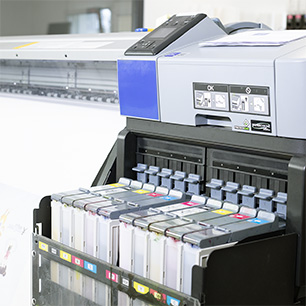

Transfer printing on textiles is a technique in which a prepared graphic or pattern cut from a foil is applied to a special transport medium (foil or transfer paper) and transferred to the fabric using a transfer press with the appropriate pressure and temperature. The transfer print can be made of various materials, including thermal transfer foil, thermal transfer paper or digital printing (DTF) or screen printing.
Transfer printing on textiles has many advantages, such as the possibility of personalizing products, ease of making low-volume orders, speed of production and the possibility of obtaining clear, durable and abrasion-resistant patterns. However, like any technique, it also has some disadvantages, such as lower flexibility of the transfer material compared to the fabric, which can cause a decrease in the quality of the print, as well as limitations in the range of color possibilities in the case of using dedicated foils.
Computer embroidery is an embroidery technique in which patterns are entered into a computer and then sent to an embroidery machine. This modern form of embroidery enables fast and precise execution of complex patterns, which is particularly important in the clothing, decoration and advertising industries.
Computer embroidery enables precise and durable embroidery on various materials, including fabrics, leather, felt and other materials. Thanks to the use of computer technology, the embroidery process is also more effective and easier to use, which allows for faster production and lower costs. However, embroidery has its limitations. Very small details (e.g. small inscriptions – despite the use of thin threads 60 or 75) or tonal transitions (easily achievable in screen printing or sublimation) are very difficult to make or even impossible. Price-wise, this technique is dedicated to medium and larger print runs. Therefore, piece productions are not entirely profitable. Very large print runs have a limitation related to the time required to complete a single embroidery, which is significantly longer than, for example, screen printing.
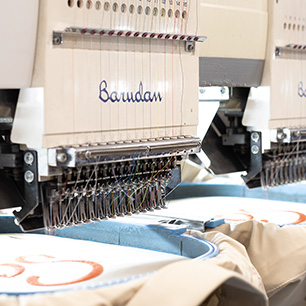

The process of printing using the direct printing method – DTG is very similar to printing on paper in an inkjet printer, but in the case of DTG, the inks are specially designed for printing on fabrics and have properties that allow for permanent fixation on textile materials. Compared to other printing techniques, such as screen printing or transfer, DTG allows for precise printing of even very complex patterns and images with full details and color gradients.
DTG is used in the clothing and advertising industry and on all kinds of gadgets, such as T-shirts, sweatshirts, bags and many other products. This technique allows for the creation of durable and clear images on textiles, which is ideal for low-volume projects requiring high-quality printing. The business model in which the DTG technique is particularly used is PRINT ON DEMAND (POD). This formula allows for printing products only when an order is placed. This means that instead of printing large quantities of products in stock, manufacturers print only what has been ordered by customers. This solution works great in handling and running all types of online sales, especially online stores with clothing collections. Customers using POD usually place orders online, and the manufacturer prints and sends the products directly to customers. In addition, POD allows for easy personalization of products, which is becoming increasingly popular these days.
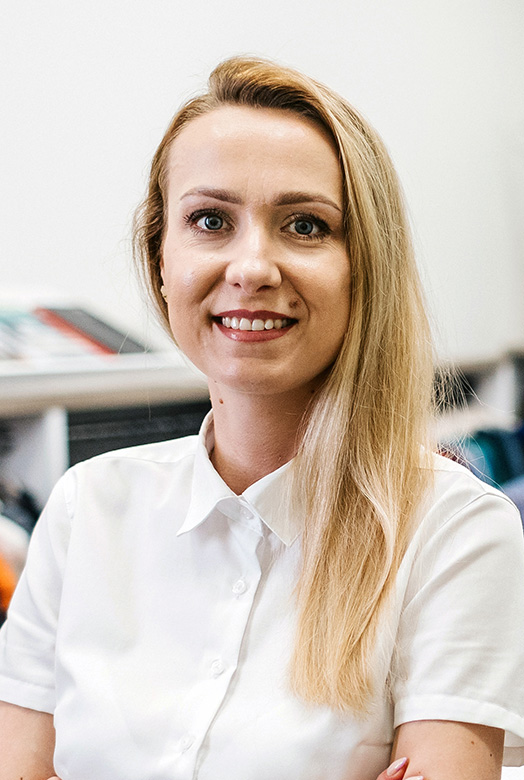


Dress your employees in clothes with your colors and logo, in which they will feel comfortable and fully comfortable, and your brand will gain great advertising.
Entrust us with the production and decoration of clothing, thanks to which you can easily increase the recognition of your brand, employee involvement and their sense of belonging to a group.
Accessories
Brands
Female clothing
Men’s clothing
Children’s clothes
Unisex clothing
Ecological clothing
Sportswear
Workwear
